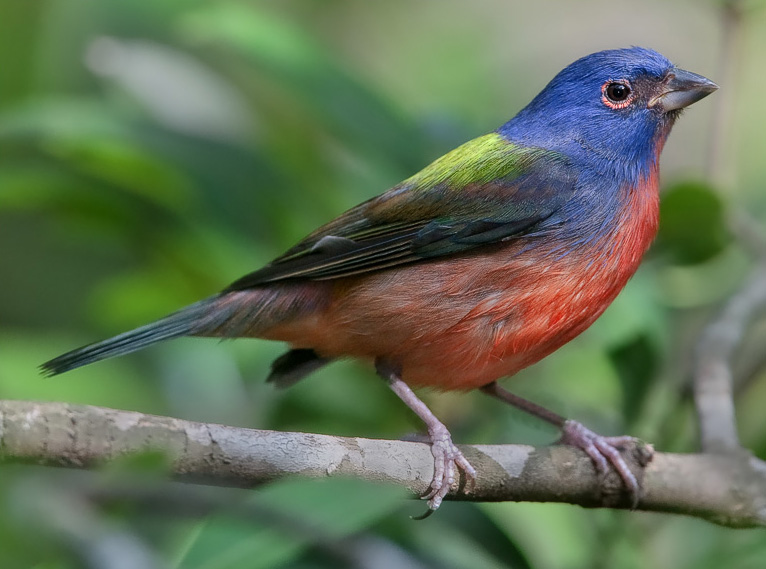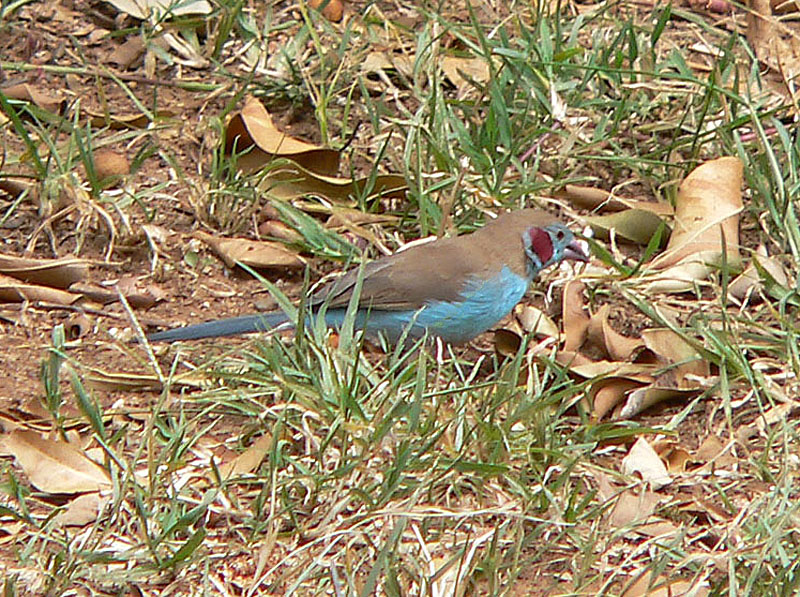Please see Part I of this article for general information and a discussion of the very unique Patagonian Conure or Burrowing Parrot (Cyanoliseus patagonus).
General Considerations
 Conures in the genus Aratinga are often suggested as birds to purchase for those who wish to keep macaws but lack experience (Aratinga means “little macaw”). Brilliantly colored but quite loud and with an indomitable spirit, conures do indeed resemble their larger cousins in many ways. Most do best in outdoor aviaries, although they can be acclimated to large indoor cages as well.
Conures in the genus Aratinga are often suggested as birds to purchase for those who wish to keep macaws but lack experience (Aratinga means “little macaw”). Brilliantly colored but quite loud and with an indomitable spirit, conures do indeed resemble their larger cousins in many ways. Most do best in outdoor aviaries, although they can be acclimated to large indoor cages as well.
The 17 species classified genus Pyrrhura are, in general, quieter and easier to manage than the Aratinga conures.
Green Cheeked Conure, Pyrrhura molinae
An affectionate personality, quiet voice and small size (10 inches) render this one of the most favored of the conures. Hailing from western Brazil, northwestern Argentina and Paraguay, green cheeks enjoy being held and will even “wrestle” on their backs with those they trust.
Fresh fruit is, as with all conures, an important part of their diet, and should always be available. A number of stunning color strains, including pineapple and turquoise, have been produced.
White Eared or Maroon Fronted Conure, P. leucotis
The White-ear is, at 8.5 inches, one of the smaller conures, and also among the quietest and most confiding. It tames readily and is known for its trick-learning abilities, but like all related birds requires a great deal of attention if kept singly.
White-eared Conures are limited in range to eastern Brazil, and generally stay high in the forest canopy.
Blue Crowned Conure, Aratinga acuticaudata
This first of the larger conures that we will cover is also one of the most popular, and with good reason. Although as rambunctious as its relatives, the Blue Crown has a very affectionate side as well, and is particularly quick to bond its owner. Those I cared for at a nature center years age were crowd favorites – always in motion and eager for attention. Two of the birds picked up several words on their own.
Jenday Conure, A. jandaya
Gorgeous golden yellow and deep red plumage keeps this bird on the “most wanted” list of parrot fanciers worldwide, but the jenday is best reserved for experienced aviculturists. While many become wonderful companions, these natives of northeastern Brazil tend to be high strung, especially when kept alone.
Red Masked Conure, A. erythrogenys
A striking red head and face set this 13 inch beauty apart from other conures. Ranging from western Ecuador to northwestern Peru, where it is sometimes kept as a free-ranging pet, the red masked conure frequents arid habitats.
Free-ranging may be the ideal (but illegal outside of its native habitat) situation for this robust bird – extremely noisy and active, it is suited only for large, outdoor enclosures.
White Eyed Conure, A. leucopthalmus
Often described as “watchful”, this large, thick-billed conure is not a bird for the inexperienced aviculturist. Nesting pairs are known for their habit of attacking anyone, even well-liked individuals, who approaches their aviary during the breeding season.
Further Reading
Two of the world’s most beautiful parrots are conures, and both are regularly bred in captivity. For further information, please see The Golden Conure and The Sun Conure.
 That Bird Blog – Bird Care and History for Pet Birds
That Bird Blog – Bird Care and History for Pet Birds

 Two distinct populations of Painted Buntings range from North Carolina south through Florida to Cuba and other Caribbean islands and from northern Texas to Mexico.
Two distinct populations of Painted Buntings range from North Carolina south through Florida to Cuba and other Caribbean islands and from northern Texas to Mexico. The plumage of male Painted Buntings typically fades in captivity. The most brilliantly colored specimens that I have seen in zoos have been fed a diet rich in live insects, including wild caught species. The provision of natural sunlight or the use of a
The plumage of male Painted Buntings typically fades in captivity. The most brilliantly colored specimens that I have seen in zoos have been fed a diet rich in live insects, including wild caught species. The provision of natural sunlight or the use of a  Many popular pet conures belong to the genus Aratinga, which means “little macaw”. Certainly they have outsized personalities, and “act” as though they are as large as macaws – if anything, they are even more boisterous.
Many popular pet conures belong to the genus Aratinga, which means “little macaw”. Certainly they have outsized personalities, and “act” as though they are as large as macaws – if anything, they are even more boisterous. Waxbills and their relatives are often the first finches aviculturists obtain after having gained experience with the hardier zebra or society finches. The black-headed munia and several others are well suited to this role – slightly more sensitive than Zebra Finches, yet robust enough to fare well when given proper care.
Waxbills and their relatives are often the first finches aviculturists obtain after having gained experience with the hardier zebra or society finches. The black-headed munia and several others are well suited to this role – slightly more sensitive than Zebra Finches, yet robust enough to fare well when given proper care. Waxbills, nuns and munias are best housed in large
Waxbills, nuns and munias are best housed in large  English Budgerigars, or budgies, are sometimes referred to as “show or exhibition budgerigars”. They are stouter than the “American Budgerigar”, which is also known by the common name of “parakeet”. Both are larger than wild budgerigars – twice as large in the case of the English race.
English Budgerigars, or budgies, are sometimes referred to as “show or exhibition budgerigars”. They are stouter than the “American Budgerigar”, which is also known by the common name of “parakeet”. Both are larger than wild budgerigars – twice as large in the case of the English race.